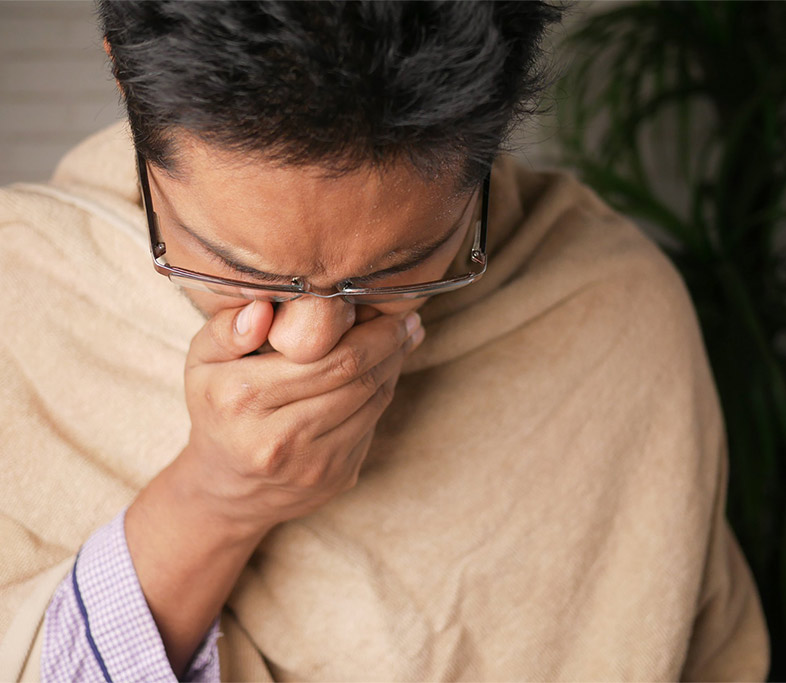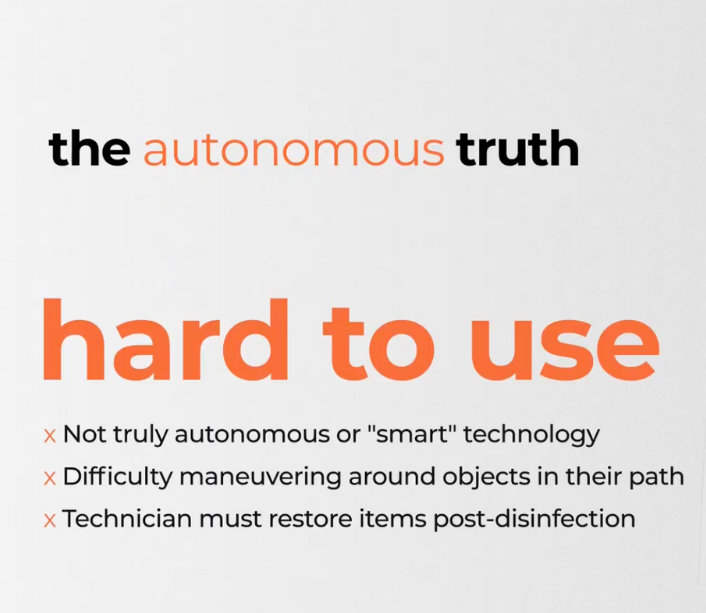You’ve probably seen the phrases “Tridemic” or “Tripledemic” splashed across numerous news headlines, including the widely circulated New York Times article or talked about on the evening news, the reason being doctors are worried the combination of the flu season, RSV (Respiratory Syncytial Virus) and COVID-19 will spark a “Tridemic” / “Tripledemic” this winter. There is a growing concern regarding this potential ‘uptick’, especially in children.
Many media outlets across the country are reporting that hospital beds are filling up with young people. During the height of SARS-CoV-2, we had masking and distancing guidelines in place. With those restrictions lifted and people socializing and traveling more freely, it seems that respiratory viruses are coming back with a vengeance, as this is the first fall season since 2019 in which most people are gathering in large groups and aren’t masked up or distancing in schools or the workplace.
Medical experts are hoping this mix of flu, RSV and COVID-19 cases won’t overwhelm the healthcare system, a system still fatigued from the pandemic. The key to the protection of public health is usually in ‘engineering controls’, or strategies designed to protect people from hazardous conditions by placing a barrier between the person and the hazard, supplemented by personal protective equipment and behaviors. We have learned that engineering controls are much more agreeable for people to tolerate for longer time frames than personal behavioral changes.
A program to capture and disinfect the organisms responsible for SARS-Co-2, Influenza and RSV could include HEPA filtration, upper air UV-C disinfection and surface UV-C disinfection. It is time that UV-C irradiation be deemed an ‘engineering control’ in as much as it can be incorporated into building maintenance and operation. Specifically, regarding the three viruses mentioned above:
- SARS-CoV-2: This virus is an enveloped (lipid) virus and very susceptible to UV-C. There is a large body of work that demonstrates UV-C effectiveness. An energy level of about 14 mJ/cm2 is required for 6-log10 reduction of SARS-CoV-2, which is considered a very effective reduction. The Surfacide triple emitter system has been proven effective against surface SARS-CoV-2 and can accomplish that reduction at a radius of 7 feet from the emitter.
- Influenza: The common strains of Influenza are A, B, and H1N1 which are also enveloped (lipid) viruses. There is a substantial amount of research about the effectiveness of UV-C against influenza; most of the studies are about airborne/air disinfection systems that incorporate UV-C. Surfacide can disinfect the virus on hard surfaces.
- Respiratory syncytial virus (RSV), also called human respiratory syncytial virus (hRSV) and human orthopneumovirus, is a common, contagious virus that causes infections of the respiratory tract. It is a negative-sense, single-stranded RNA virus. Its name is derived from the large cells known as syncytia that form when infected cells fuse. [1]
RSV is the single most common cause of respiratory hospitalization in infants, and reinfection remains common in later life: it is an important pathogen in all age groups. Infection rates are typically higher during the cold winter months, causing bronchiolitis in infants, common colds in adults, and more serious respiratory illnesses such as pneumonia in the elderly and immunocompromised.[1]
Transmission of RSV among humans is mainly by aerosol droplets; but also, via contact with surfaces (fomites) {2,3}. RSV is likely highly susceptible to UV-C, but much like SARS and Influenza, it is a respiratory inhalation from airborne particulate which is the primary mode of transmission. Surface settling which is stirred can occur and there is a benefit of surface disinfection.
In summary, disinfecting a workspace or hospital / long-term care facility would include a combination of air purification, including HEPA filtration, upper air UV-C disinfection as long as sufficient volumetric airflow occurs, and UV-C hard surface disinfection to address contamination of fomites, as well as reduce resuspended microbes coming off of surfaces.
With the “Tridemic” looming over us, now more than ever it is important for patients and visitors to research which hospitals are utilizing UV-C technology, like Surfacide as part of their disinfection/ cleaning procedures.
1. WHO. Available from: http://www.who.int/en/ [cited 2017 28.08.17].
2. Milton D.K. Influenza virus aerosols in human exhaled breath: particle size, culturability, and effect of surgical masks. PLoS Pathog. 2013;9:e1003205. [PMC free article] [PubMed] [Google Scholar]






